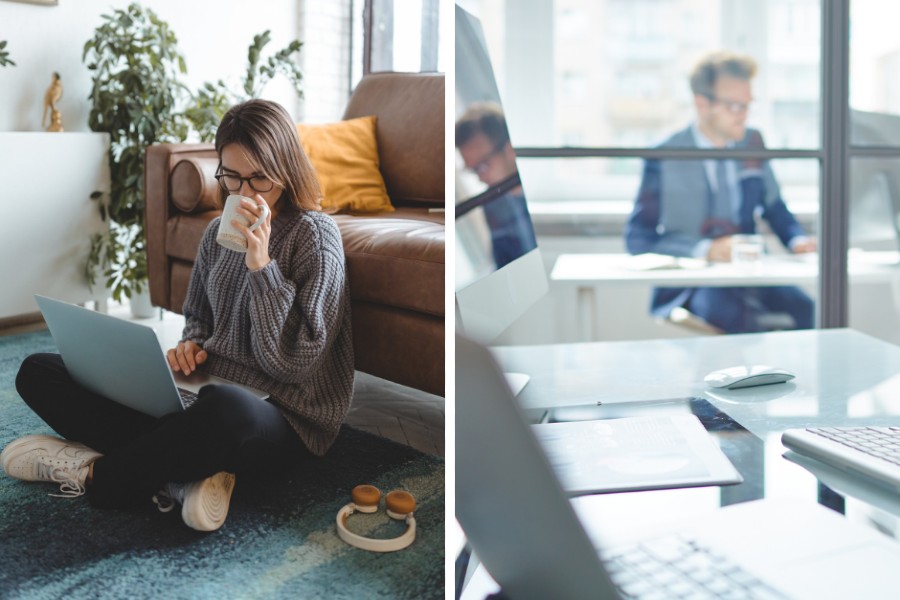The world is clamoring for a return to normalcy even as many companies and government agencies resist it. From an employer’s perspective, the order and regimen of office-based work often lie on one side of the equation, while the general happiness of employees working from home (WFH) lies on the other.
Over the course of the lockdowns, though, workers have discovered that while WFH is convenient, it is not entirely plain sailing. The latest research also indicates that employers should make fundamental changes to the office for it to be the productive, efficient, harmonious environment we would all like it to be.
One size does not fit all.
Young parents, caregivers, and Gen Z employees are having a more challenging time than most. In the case of the first two groups, WFH negates the boundary between domestic and workplace responsibilities. As a result, they are caught in an endless loop of “double chores.” Gen Z (those aged 25 and below) is floundering in the face of their first real crisis.
Return-to-work scenario: The workplace of tomorrow has to cater to individual needs rather than impose blanket policies. That is the most effective way to get the best out of every team member. Before implementing any company-wide return-to-work program, speak to and learn what each of these groups needs to be and do their best at the office.
Too much of a good thing.
Almost half (48 percent) of workers felt they were more productive at home than in the office in April 2020. That figure has now plummeted to 37 percent. As time goes on, the thrill of WFH has faded and the obstacles it presents have resulted in a reevaluation of its merits. However, only 5 percent of respondents who were not satisfied with their old office yearned for a return.
Return-to-work scenario: This is a troubling series of numbers. Workers can see a decline in their productivity at home. Yet, just 1 in 20 want to return to the office; they would rather contend with inferior performance than a lackluster office environment. Employers must invest in creating vibrant, open, and welcoming workspaces that inspire great performance.
Three is the magic number.
Along the journey to recovery, we have picked up the “hybrid” office. Most employees working from home say that they would like to adopt this model permanently. They favor a workweek that consists of three days at the office, with the remaining two days split between their home and another external location. A third of employees also said that they do not want to work from home at all in the future.
Return-to-work scenario: There are two distinct camps – those who want an office-only routine and those who prefer the hybrid model. Employers should consider giving every individual the option to work as they prefer (provided, of course, that it does not undermine operations). Engage with them on their preferences regularly; the figures above have shifted considerably over the past two years.






